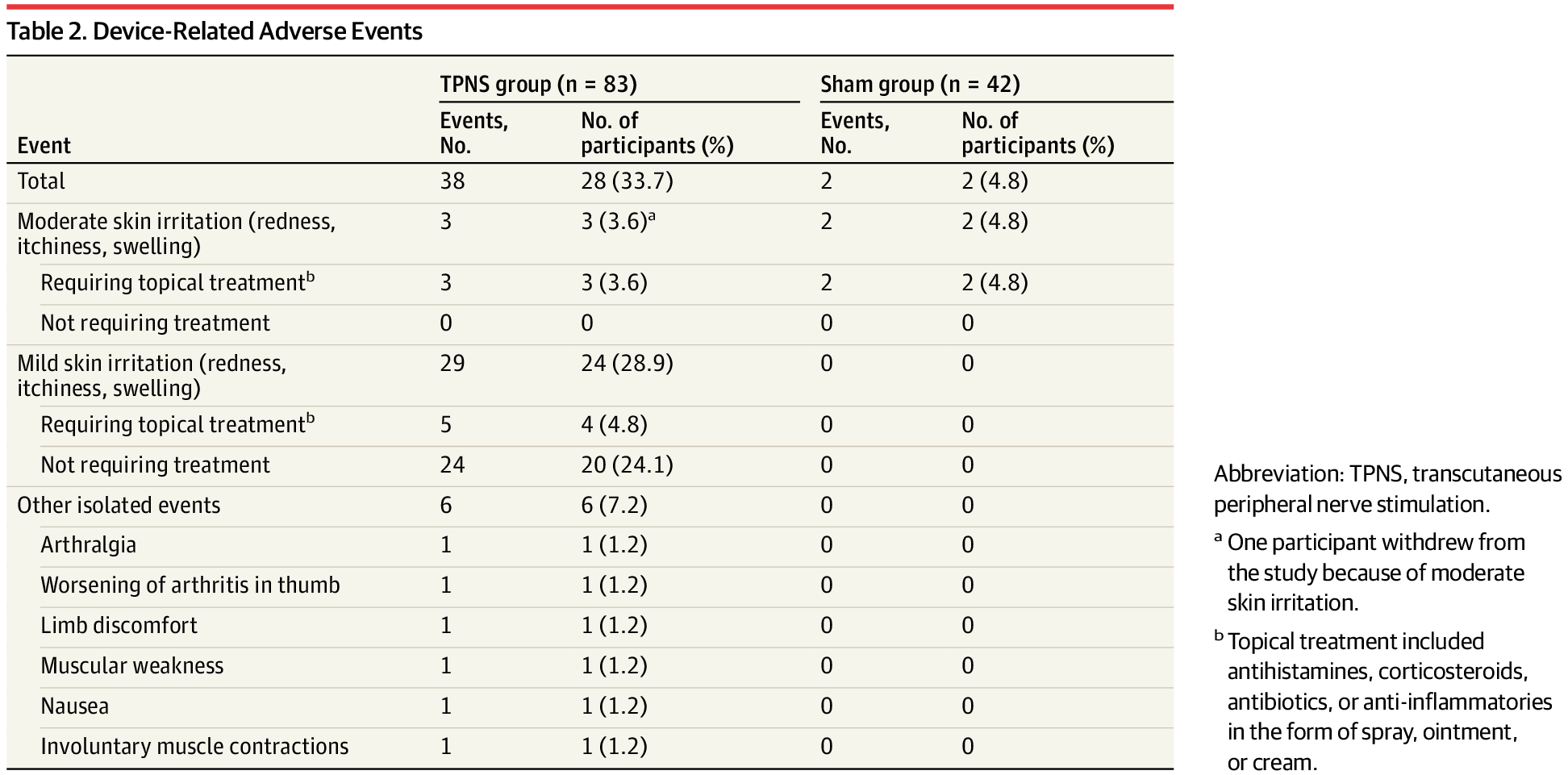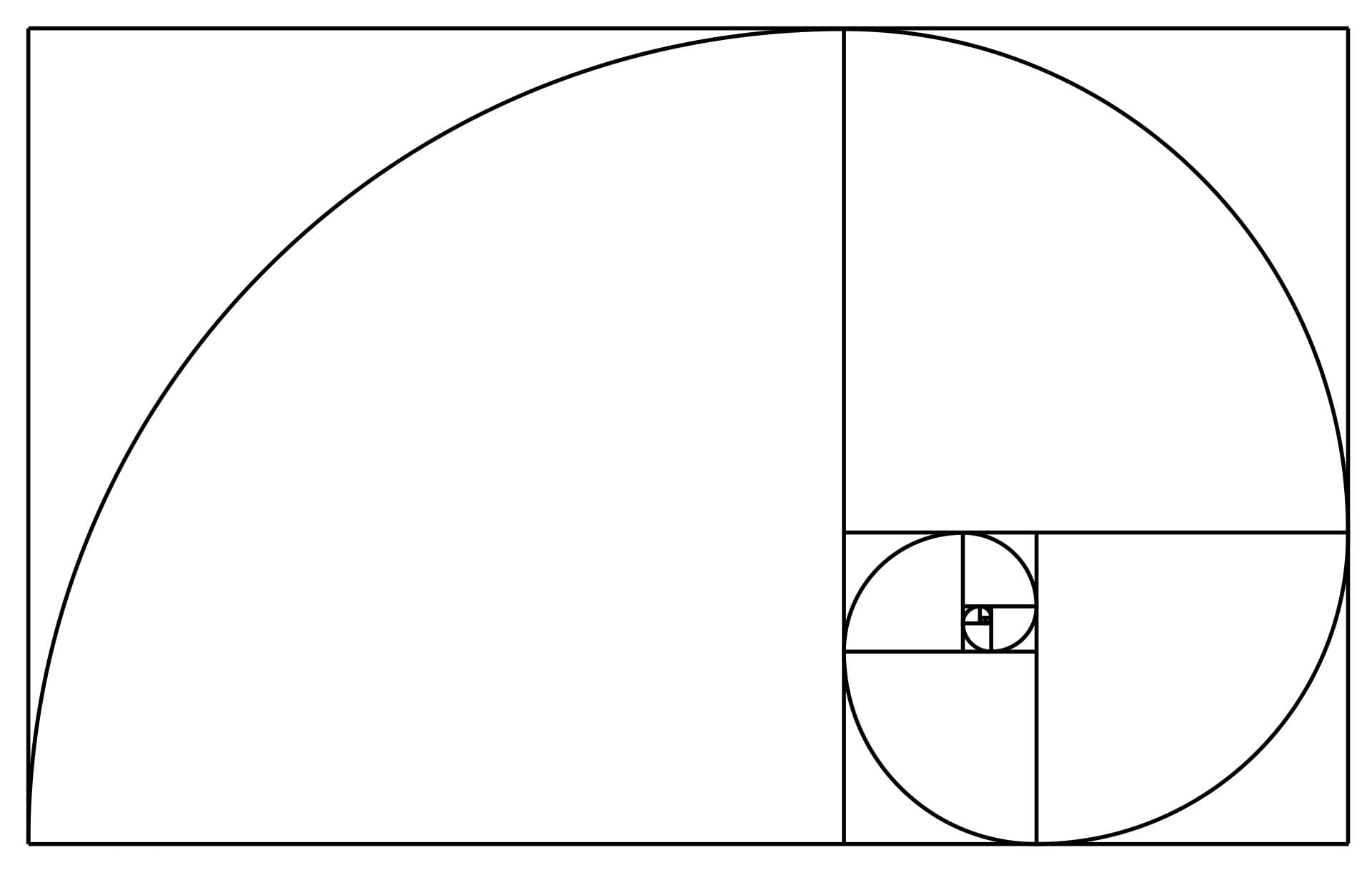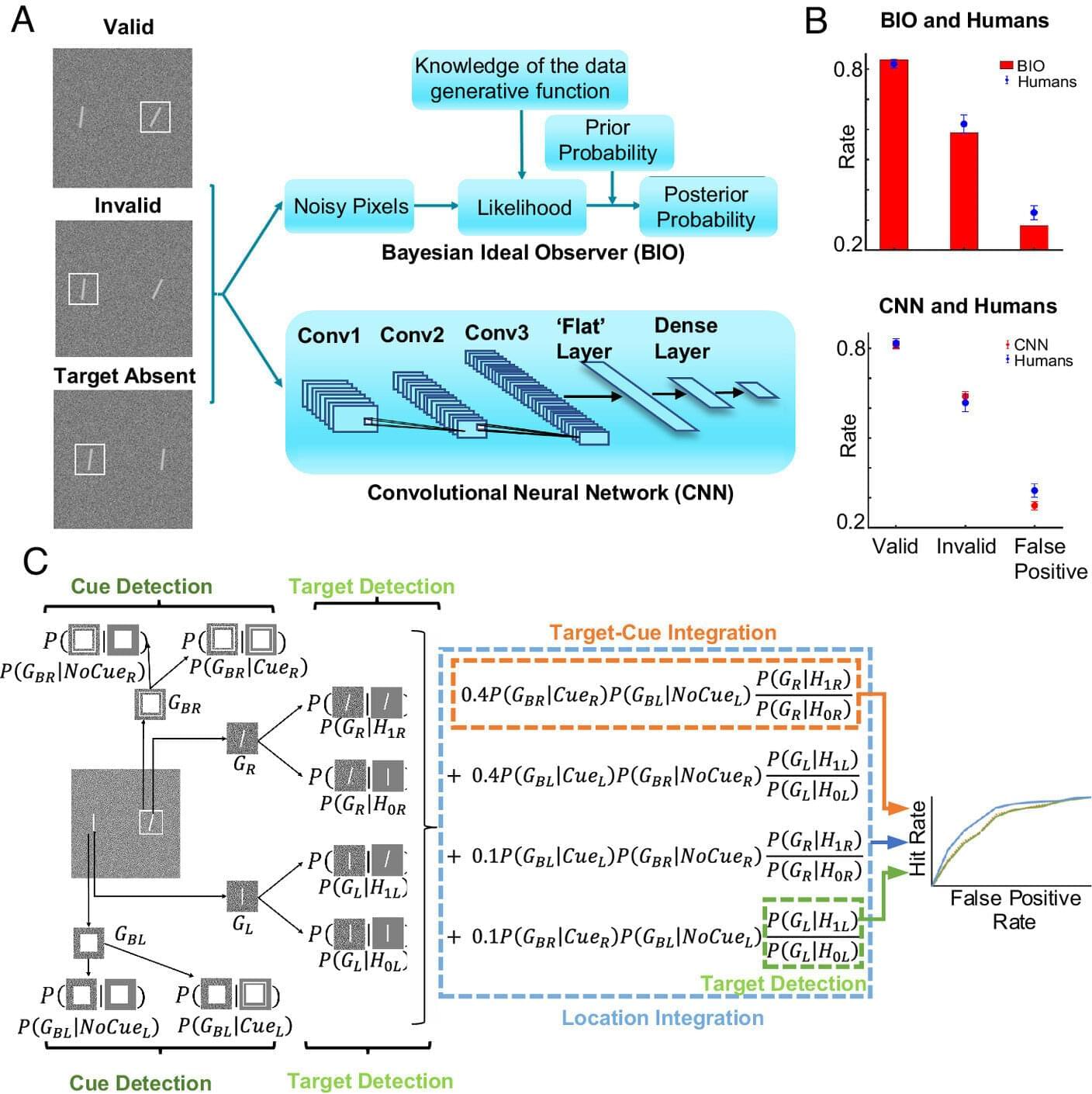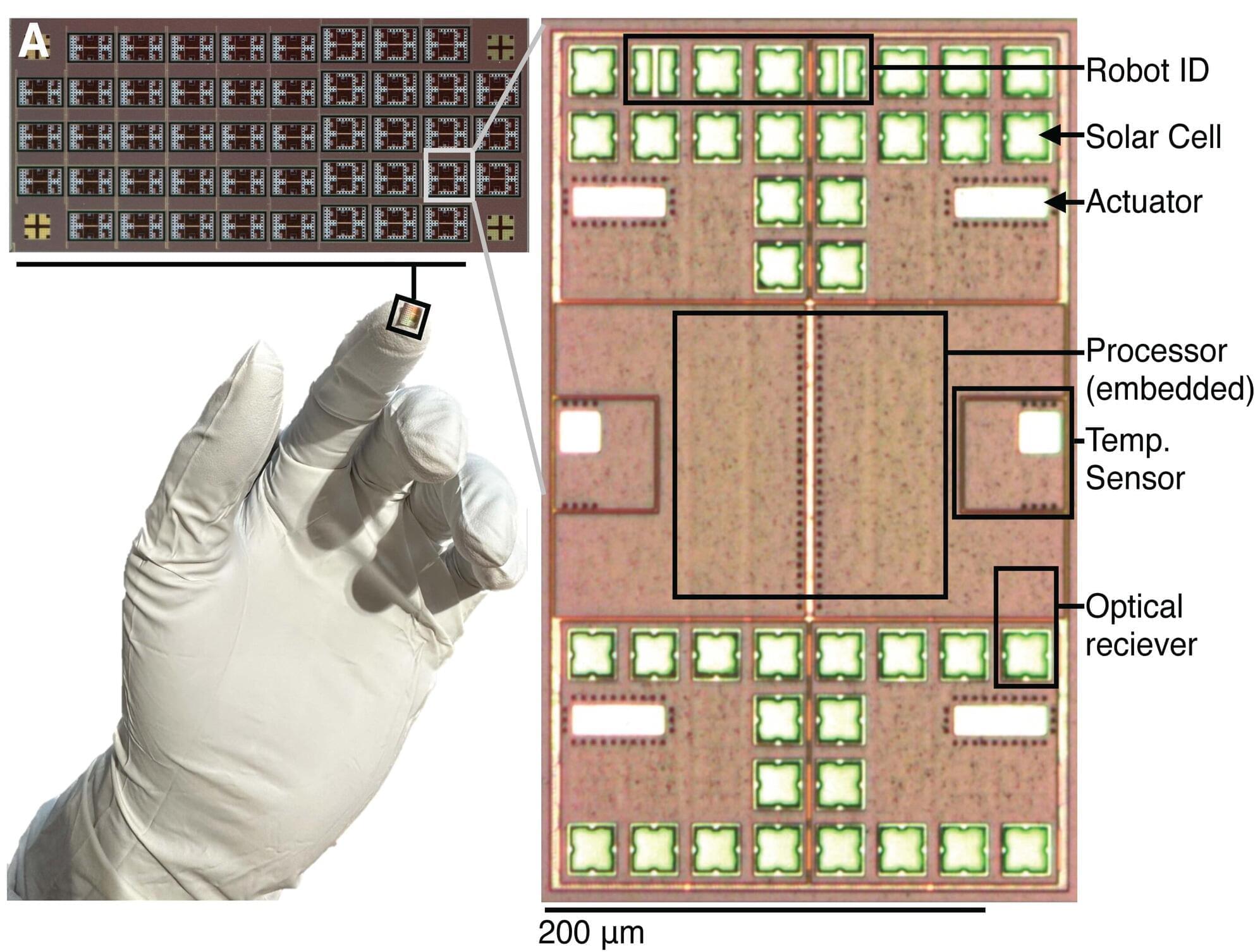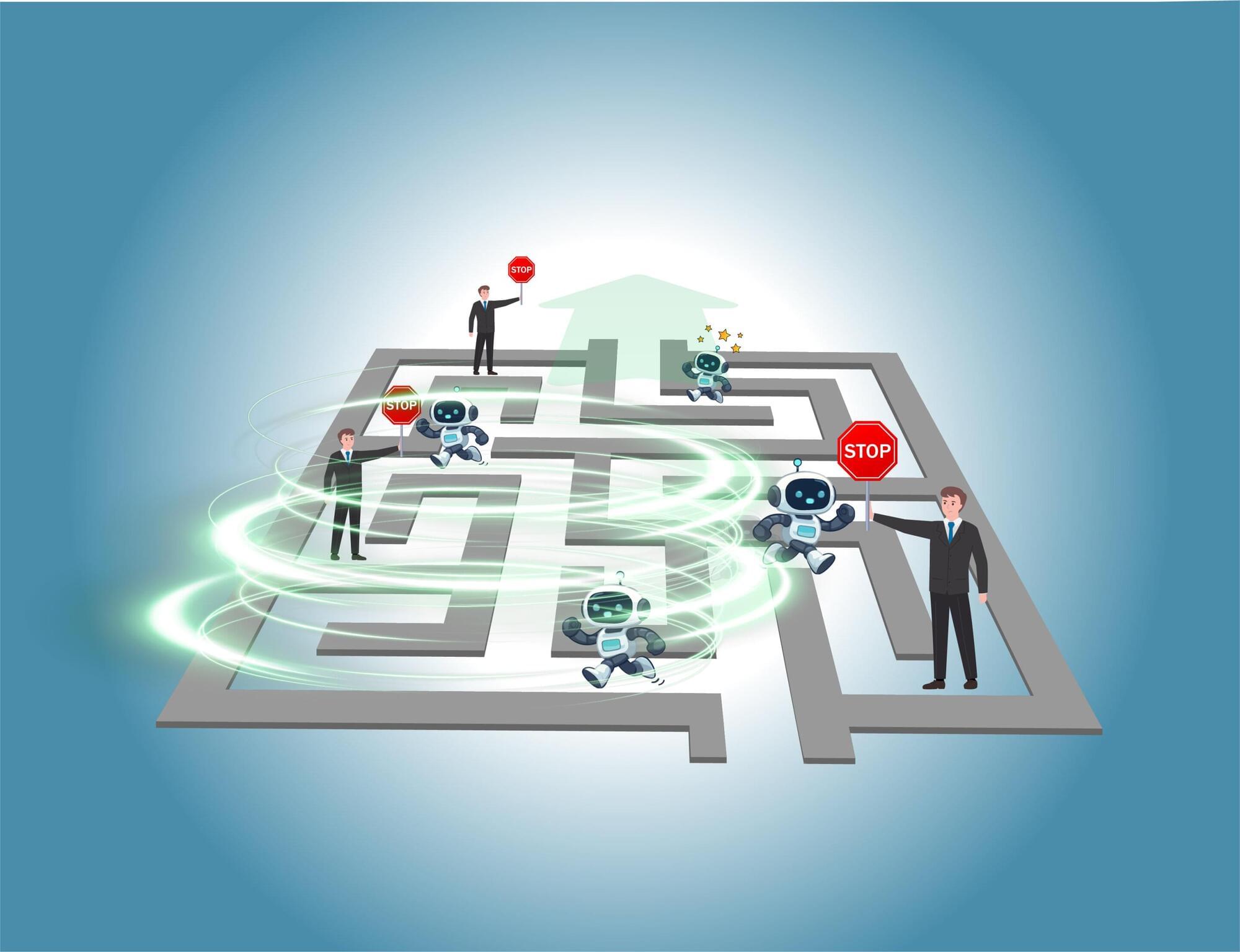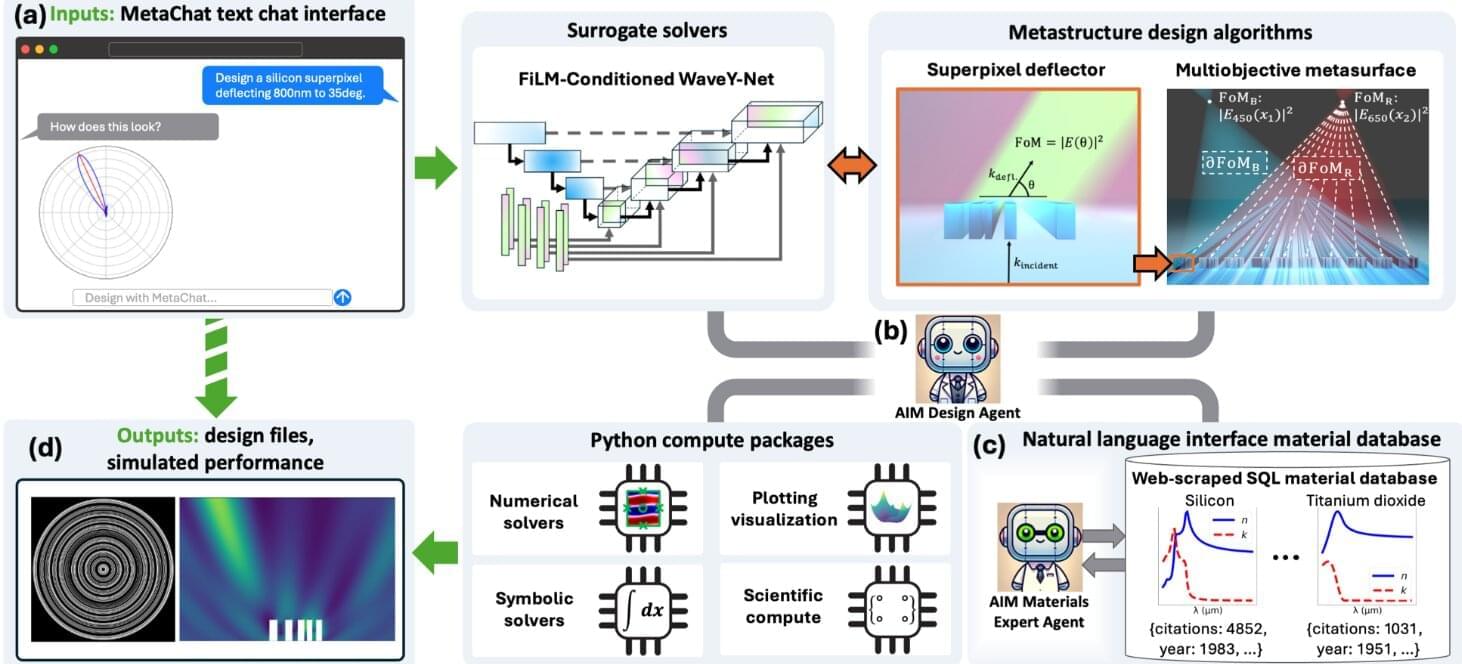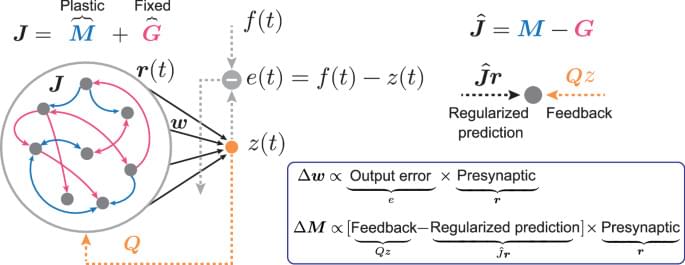Essential tremor (ET), the most common upper limb tremor, can impair daily activities. In a multicenter RCT, an artificial intelligence–driven transcutaneous peripheral nerve stimulation (TPNS) device reduced mADL scores by 6.9 points at 90 days, compared with a 2.7-point reduction in the sham group.
Question Is an artificial intelligence (AI)–driven TPNS device superior to a sham device in reducing essential tremor?
Findings In this randomized clinical trial that included 125 adults with essential tremor, use of the TPNS device reduced the modified Activities of Daily Living score of the Essential Tremor Rating Assessment Scale by a clinically meaningful 6.9 points at 90 days, significantly more than the 2.7-point reduction seen in the sham-treated group.
Meaning The TPNS device improved activities related to upper limb tremor at 90 days and could be an effective noninvasive treatment for essential tremor.
